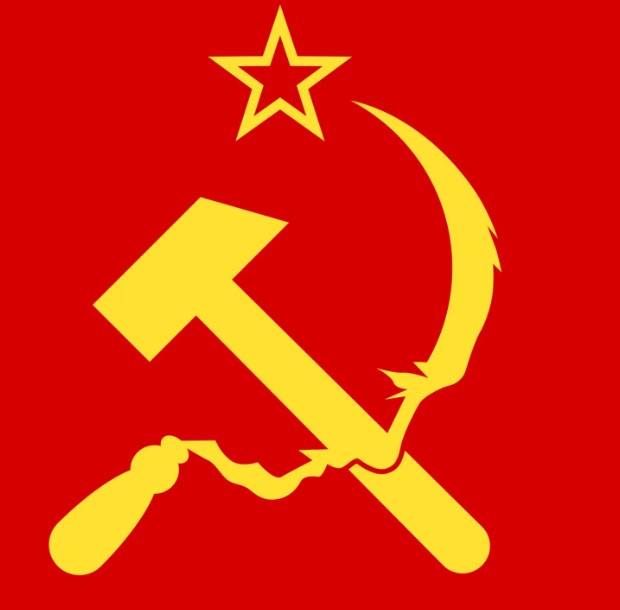The Soviet Union and Russia have a long and complicated history, and for many, it is difficult to understand the differences between the two. In this blog post, we will explore the major differences between the Soviet Union and the Russian Federation, and discuss how they have evolved over time.
We will look at their political systems, economy, and culture, and how they have changed since the fall of the Soviet Union. Finally, we will examine the implications of these differences for the future of both countries.
Historical background of russia & soviet union

Russia and the Soviet Union have a long and complex history together. While they are both countries located in Eurasia, there are distinct differences between the two. Russia is a federal semi-presidential republic, with a government based on a balance of powers between the President, Prime Minister, and Parliament.
It is a permanent member of the United Nations Security Council. The Soviet Union, on the other hand, was a single-party state that existed from 1922 to 1991 under the leadership of the Communist Party.
It was a union of multiple republics and had a highly centralized government. The Soviet Union no longer exists, but its legacy lives on in Russia and other countries that were once part of the Union.
Political & economic systems of russia & soviet union

Russia and the Soviet Union have had a tumultuous history. While they have often been confused as one and the same, there are some key differences between the two. Russia is a sovereign nation with a democratic government, while the Soviet Union was a single-party socialist state that existed from 1922 to 199
Russia’s economy is largely market-based and is focused on the production of oil and natural gas, while the Soviet Union’s economy was centrally planned and focused on heavy industry. In addition, the Soviet Union was dominated by a single political party—the Communist Party of the Soviet Union—while Russia has several different political parties.
Finally, the Soviet Union was a multi-ethnic state that encompassed many different nations, while Russia is more homogenous in terms of ethnicity.
Language & religion in russia & soviet union

The differences between Russia and the Soviet Union are vast and varied. Russia is a nation with a long history of religious tolerance, while the Soviet Union was an atheist state which sought to impose a secular ideology on its people. The Russian language is one of the official languages of the country, while the Soviet Union replaced Russian with its own official language – Russian was only allowed for internal communication.
Russia is a democracy, while the Soviet Union was a one-party state which was ruled by the Communist Party. In Russia, citizens have the right to practice any religion they choose, while the Soviet Union heavily restricted religious freedom.
Despite these differences, both nations have had a significant impact on the world.
Social & cultural influences of russia & soviet union
The Russian Federation and the Soviet Union have a long, intertwined history that has had a major influence on the political, economic, and social environment of the region. While many aspects of Russian and Soviet cultures have been shared, there are also some distinct differences between the two. The most obvious difference is that the Soviet Union was a single-party state, while Russia is a multi-party democracy.
Other differences include Russia’s more open economy and the Soviet Union’s focus on collectivization of the agricultural sector. Additionally, the Soviet Union was much more centralized and was guided by Marxist-Leninist theory, while Russia focuses more on the principles of liberalism.
Ultimately, both countries have had a great deal of influence on the region and their differences in culture can be seen in the social and political landscapes of the region.
Impact of the soviet union’s collapse on russia
The collapse of the Soviet Union in 1991 marked a major turning point in Russian history. One of the most significant differences between the Soviet Union and modern Russia is the political and economic system. In the Soviet Union, the Communist Party and its leaders held absolute power, while in Russia today, the government is a democratic republic with a president and a parliament.
In the Soviet Union, the Communist Party and its leaders held absolute power, while in Russia today, the government is a democratic republic with a president and a parliament. Economically, Russia has shifted from a centrally planned economy to a market-based system. The Soviet Union also had a command-style economy, which meant that the government determined what resources were produced and how they were distributed.
In contrast, Russia’s market-based economy gives citizens more freedom of choice in what they produce and buy. Additionally, Russia is a member of the World Trade Organization, which the Soviet Union was not. As a result, the country has been able to open up to global markets and benefit from increased trade opportunities.
Final Touch
The collapse of the Soviet Union in 1991 marked the end of an era and brought about a new political reality. The differences between Russia and the Soviet Union are significant, with the most notable being the dissolution of the communist government and the end of the totalitarian state. Russia is now a democratic, capitalist country, and its citizens enjoy a much greater degree of freedom and autonomy than before.
The economy has become more diversified and the government is now more transparent and accountable. The two countries are now distinct entities with their own individual identities, cultures, and histories.
In conclusion, the difference between Russia and the Soviet Union is one of the most significant changes in modern history.
